Tom of Finland ★★★1/2
Tom of Finland is a worthy enshrinement of the life of Finnish artist Touko Laaksonen (1920–91) into the cinematic pantheon of queer historical biographies. The World War II veteran and advertising art director best known as ‘Tom of Finland’ drew thousands of naked and leather-clad men with gigantic nipples and enormous penises. Cumulatively, the language of playful hypermasculinity in his drawings has had an incalculable influence on gay male style and iconography.
Laaksonen’s actual life is also an interesting story and this re-telling of it, directed by Dome Karukoski, is charming but ultimately hews to predictable biopic conventions, leaving its latter half wanting in subtlety. It bites off more queer cultural history than it can chew. However, the first half, a controlled study of the artist’s adjustment to life in postwar Helsinki, shows how wartime and the brutal crackdowns on homosexuality after the war were subversively reinvented in Laaksonen’s prolifically horny imagination.
Continue reading for only $10 per month. Subscribe and gain full access to Australian Book Review. Already a subscriber? Sign in. If you need assistance, feel free to contact us.



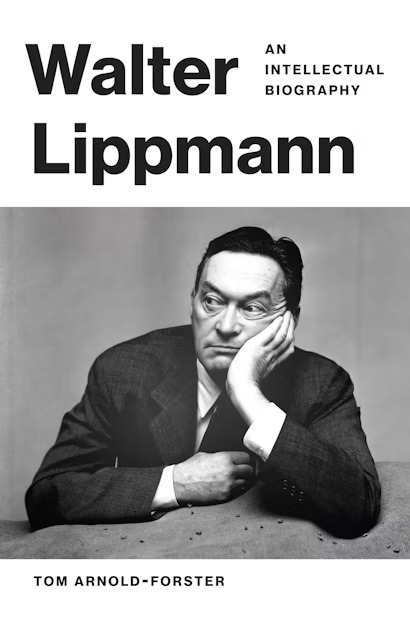

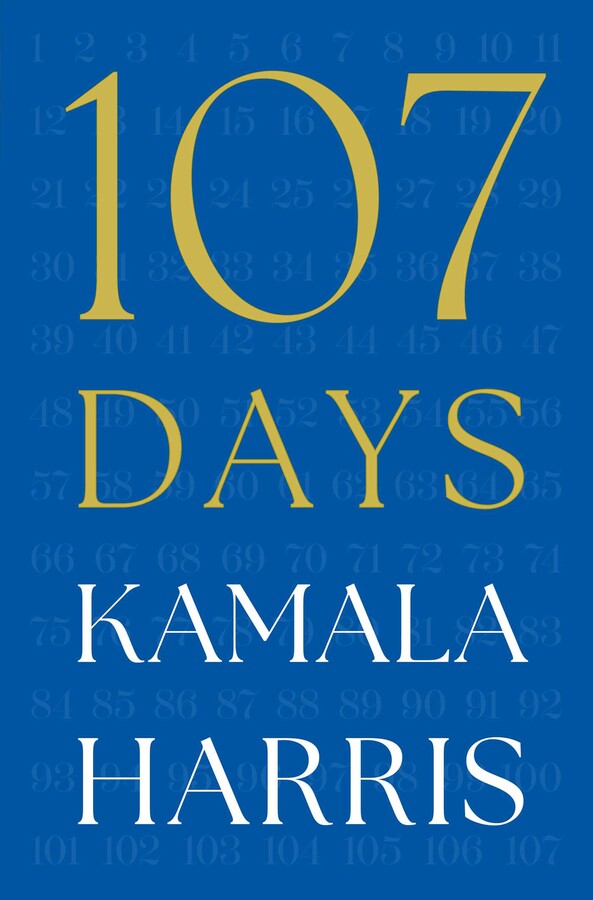

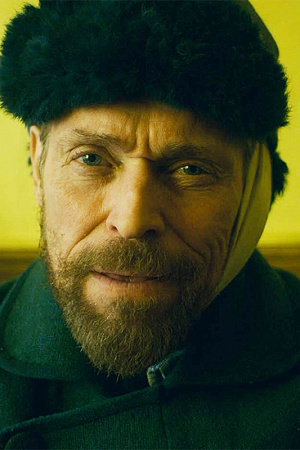
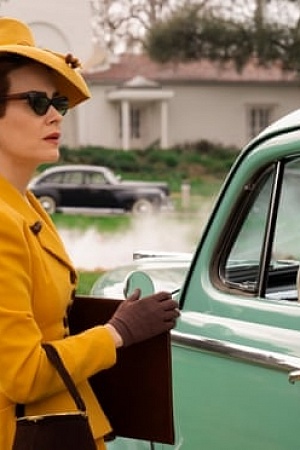
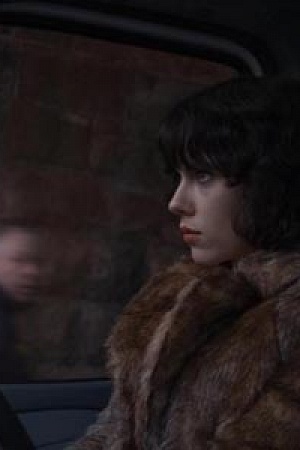

Leave a comment
If you are an ABR subscriber, you will need to sign in to post a comment.
If you have forgotten your sign in details, or if you receive an error message when trying to submit your comment, please email your comment (and the name of the article to which it relates) to ABR Comments. We will review your comment and, subject to approval, we will post it under your name.
Please note that all comments must be approved by ABR and comply with our Terms & Conditions.